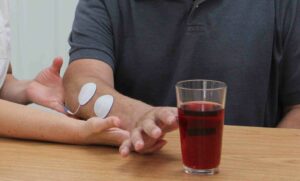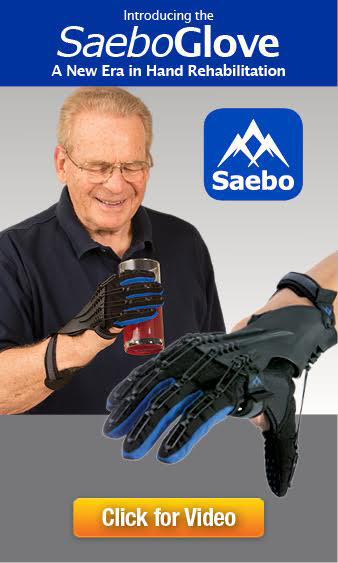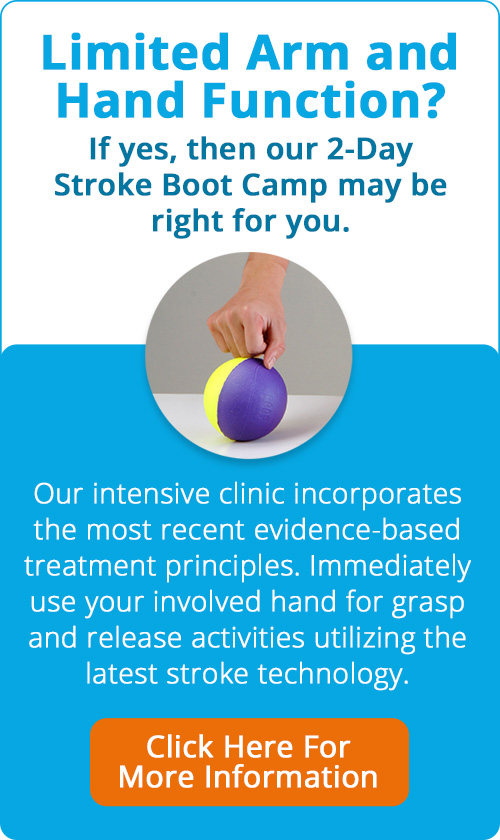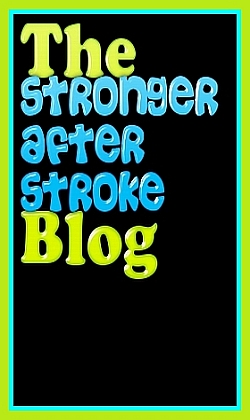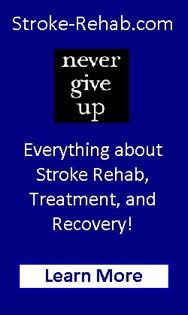Further filter your results using the selections below...
Improving Dynamic Balance Following Neurological Injury
Overview:
This AOTA approved continuing education class will introduce you to efficacous evidence-based interventions that drive neuroplastic change resulting in improved balance following neurological injury.
The online class is intended for medical professionals (e.g. OT/OTA, PT/PTA, Physicians, etc.) directly related to the rehabilitation of a patient or client. To participate in this CEU and receive credit, the participant must be a licensed, treating clinician. Completion of this course will reward the participant with .1 CEUs or 1 contact hours, following completion of the presentation and a ≥ 80% score on the quiz. You will have 90 days to complete this course.
Stroke Hand Simplified
Evidence-Based Strategies to Help Restore, Rewire and Recover
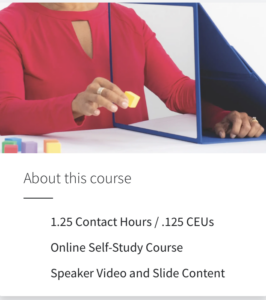
Register Now
Suffering from a neurological injury such as stroke can be a long and hard battle. Having the right team in place can make a significant impact on the success of one’s recovery. Being comfortable with one’s clinical team can set patients up for great success. Health professional building that immediate trust is key to a positive outcome.

Every 2.1 seconds, someone in the world suffers a stroke. Stroke is the #1 cause of long-term disability worldwide. Globally, there are over 15 million stroke survivors. With respect to the United States, there are approximately 5.1 million stroke survivors alive today in the US. It is the third leading cause of death in USA and the numbers are expected to double by 2030.
Electrical Stimulation. How much is enough?
Over the years, many stroke survivors have stated that their therapist recommended 20-30 minutes of electrical stimulation to a targeted area for daily home use. Are we are missing an opportunity to maximize the therapeutic benefit of stimulation by limiting the total treatment time under 30 minutes?
Course Title:
Constraint-Induced Movement Therapy. Understanding the Facts and Myths.
Overview:
This AOTA approved online self-study continuing education class will introduce you to evidence-based practice surrounding Constraint-Induced Movement Therapy to the stroke population.
The online class is intended for medical professionals (e.g. OT/OTA, PT/PTA, Physicians, etc.) directly related to the rehabilitation of a patient or client. To participate in this CEU and receive credit, the participant must be a licensed, treating clinician. Completion of this course will reward the participant with .1 CEUs or 1 contact hour, following completion of the presentation and a ≥80% score on the quiz. You will have 90 days to complete this course.
Course Title:
Electrical Stimulation for Stroke Recovery. A review of evidence-based clinical considerations.
Overview:
This AOTA approved online self-study continuing education class will introduce you to evidence-based practice surrounding electrical stimulation to the stroke population.
The online class is intended for medical professionals (e.g. OT/OTA, PT/PTA, Physicians, etc.) directly related to the rehabilitation of a patient or client. To participate in this CEU and receive credit, the participant must be a licensed, treating clinician. Completion of this course will reward the participant with .1 CEUs or 1 contact hour, following completion of the presentation and a ≥80% score on the quiz. You will have 90 days to complete this course.
If one asked 10 new stroke survivors the following question, what do you think they would say?
“Would you rather spend most of your time learning compensatory one-handed strategies with your unaffected side, or would you rather focus on improving strength, range of motion and function in your affected limb?” That’s a big question.
Stroke Shoulder Simplified.
Demystifying subluxation, pain and stiffness.
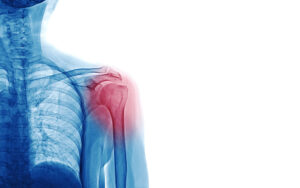
Robot-assisted therapy has become increasingly popular over the last 2 decades. In fact, it is so well-known that out of the 1,300 RCT’s in UE stroke recovery, robotic research leads the pack with 112 RCT’s! There is no doubt robotic therapy, in some form or fashion, is here to stay, however is it a MUST-HAVE or a NICE-TO-HAVE intervention?
Shoulder pain resulting from stroke hemiplegia is a common clinical consequence. Hemiplegic shoulder pain can occur as early as two weeks post-stroke but an onset of two to three months is more typical. Frozen shoulder, pain and weakness can negatively affect rehabilitation outcomes as good shoulder function is a prerequisite for successful transfers, maintaining balance, effective hand function, and performing ADL’s activities of daily living.
Great question. The answer is ABSOLUTELY!
For some clinicians, strengthening a hyperactive or spastic muscle is a very controversial topic. The thought of having stroke survivors squeeze their spastic finger flexors or flex their overactive biceps causes some clinicians to cringe.

Stroke recovery is a hard and long journey for most patients. There are therapists that “treat neuro patients” and then there are “neuro therapists”. In order for a patient to reach maximum potential with their rehab journey, they will need a clinician that understands, appreciates and knows the neurorecovery process.
There is no expiration date on neuroplasticity.
Just like athletes and musicians, many stroke survivors will have periodic and temporary plateaus or setbacks as they continue to improve. It is a back-and-forth process. Improve a little, then a plateau occurs. Modify the training and improve some more. Then, here comes another plateau. Modify again. You get the idea.
Occupational Therapy CEUs!
Occupational Therapy (OT) CEU’s are part of the necessary requirements to maintain one’s license. In addition, a clinician may seek out paid or free continuing education classes (CEU) to advance his or her knowledge and skill set.

Priming the Brain Works.
Better clinical outcomes following stroke are associated with interventions such as cortical priming resulting in increased excitability of the motor cortex (Catano et al).
Priming is a technique used to enhance the brain’s ability to re-balance the 2 hemispheres following a stroke. Priming interventions include invasive and non-invasive techniques and can be administered prior to or during therapy.

The shoulder is the most complicated joint in the human body. It’s also one of the most difficult aspects of recovery for hemiplegic stroke survivors.
Why?

Be Like Mike.
Before each race, Michael Phelps, the 28-time Olympic medalist, would sit quietly and perform mental reps, imagining his performance step-by-step.
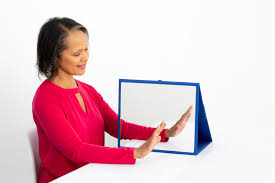
Stroke survivors are beautiful and handsome heroes. But it’s not about vanity – it’s about recovery. Mirror Therapy (MT) is a critical intervention – yet vastly underutilized.

The Brain is Fascinating!
The brain consists of 100 billion neurons and 200 trillion synapses. It’s nearly impossible to grasp the complexity and power of this amazing organ. During a stroke, 32,000 neurons die every SECOND, totaling around 1.2 billion for the entire event. That’s a lot, but consider the total neurons in the brain, it’s around 1%. That means 99% of the brain is still intact!

Falls can happen anytime and anywhere to people of any age. However, as people get older, or suffer neurological injuries such as stroke, the number of falls and the severity of injury resulting from falls increases. Taking precautions to prevent falling after stroke can help save a life. Falling is the leading cause of accidental home deaths, and they are a major reason for 40% of admissions to nursing homes.
Constraint-Induced Movement Therapy (CIMT) is a form of treatment designed to decrease the impact of a stroke on the upper-limb (UL) function of some stroke survivors. It is a behavioral approach to neurorehabilitation[2] based on “Learned- Nonuse”.
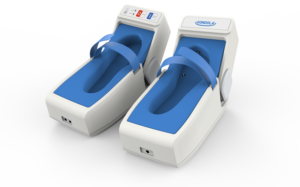
The Gondola Medical Device provides a non-invasive mechanical stimulation based on pressure pulses. The pulses are applied in two specific areas of both feet, the head of the big toe and the first metatarsal joint. The treatment comprises four cycles of stimulation; one cycle includes a six-second stimulation of each of the four target areas (total: 24 sec). The overall treatment consists of four repetitions of the stimulation cycle (total: 2 minutes). This method of treatment is called “Automated Mechanical Peripheral Stimulation” (AMPS).
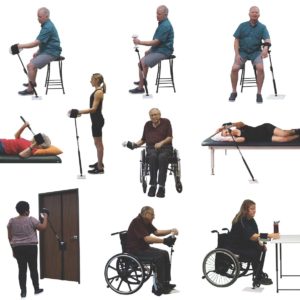
The UE Ranger was designed to help you exercise your arm not only in the clinic during your rehab sessions, but also at home. More rehab equals more recovery, so empowering yourself with the UE Ranger at home is a game changer.
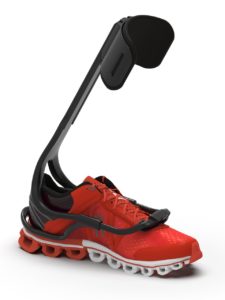
When François suffered multiple injuries from a snowmobile accident in 2001, he knew his life would change forever. After fracturing both legs and knees, he was left with a complete foot drop on one side. Over the years, he tried various ankle and foot orthosis (AFOs), but couldn’t find the one that would allow him to get his life back. That’s how Turbomed was born.

National Institutes of Health Stroke Scale (NIHSS) is a clinical tool that measures stroke-related neurologic deficits. This measure can be quantified. NIHSS is used in modern neurology for three main objectives;
- to evaluate the violence of stroke to its patients and document the neurological status of the patients.
- To determine the treatment to be administered to patients by planning the appropriate patient care and act as a common language for the exchange of information understood by healthcare providers.
- To predict the outcome of the patient from the illness, both long and short term outcomes. It can also indicate a lesion size and be a measure of stroke severity.
Stroke Statistics
Stroke is among the leading causes of severe long-term disabilities. It reduces mobility in more than 50% of its patients who are aged 65 and above. According to NINDS, 15-30% of patients develop a permanent physical disability while most patients regain their hands and legs’ functionality. Symptoms associated with stroke vary from dizziness, fatigue, blurred vision, slurred speech, fatigue, and numbness. However, according to a survey done, only 38% of the respondents knew the stroke’s significant symptoms. The most recognized sign by 98% of the respondents was numbness on one side. Knowing these symptoms is crucial because it can reduce disability in patients. Those who start receiving treatment three hours after the first symptom show less disability than those who receive delayed care.

A stroke occurs when the blood vessels in your brain bleed due to a rupture. It can also happen when the blood supply to your brain is blocked. When blood supply is blocked, or blood vessels rupture, blood, and oxygen do not reach the brain tissues, and without oxygen, these cells and tissues become damaged and start dying within a short time.

Despite many different style arm slings for stroke, current shoulder positioning devices don’t address the numerous frustrations patients and therapists describe when trying to effectively treat a subluxed shoulder that is the result of a brain injury or spinal cord injury. Common reasons reported why existing shoulder subluxation products are less than favorable and aren’t worn regularly include:
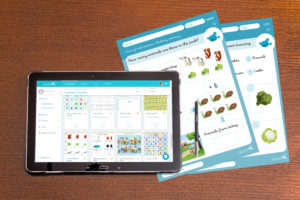
NeuronUP is a 3-in-1 tool to help the neurorehabilitation specialist save time in a clinical setting. The web based platform that offers professionals activities of daily living for the rehabilitation and cognitive stimulation of people with brain damage, neurodegenerative diseases (Alzheimer’s, MS, Parkinson’s), neurodevelopmental disorders (ADHD, ASD), mental and intellectual disabilities, deficits from normal aging, etc.
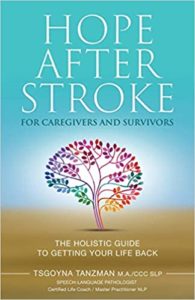
Readers are calling Hope After Stroke for Caregivers and Survivors: The Holistic Guide to Getting Your Life Back, the “The Stroke Bible,” that should be in every hospital and rehab facility. It’s a must read for every caregiver and survivor.
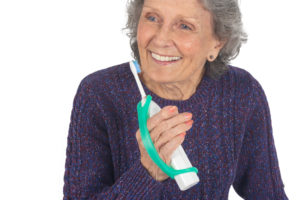
EazyHold is an innovative grip aid for children and adults who have limited grip abilities. The silicone universal cuffs adapt easily to hold eating utensils, grooming aids, crayons, sports, equip, musical instruments, and even toys! They gently hug the back of the hand and support the tool, relieving the need for grip and encouraging full arm movement. The one-piece soft silicone bands are easily washed, quick-drying, non-toxic, hypoallergenic, latex-free, and come in multiple sizes.

You are eager to return to your normal life, so you are ready to learn more about the typical timeline for recovery after a stroke. Keep reading to get some answers to common questions:
- Am I going to get better after my stroke?
- How long is rehab after a stroke going to take?
- What can I do to help my stroke recovery?
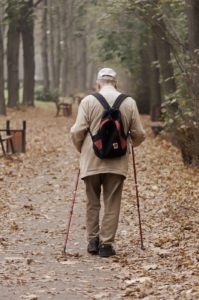
A stroke can impact any number of life skills. But the ability to walk can be one of the most significant. Many people identify walking as an important goal after they experience a stroke. This makes sense because walking is related to so many daily routines. Every stroke survivor is different. Some stroke survivors might need help to walk a few feet. Other individuals might recover significantly and be able to walk long distances. This article will provide post-stroke walking education for a range of skill levels.

Launching a hand exercise program begins with understanding how a stroke that happens in your brain can cause problems with your hand. A stroke is basically an injury to the brain due to limited blood flow. The symptoms in the body reflect the area of injury in the brain. So a stroke survivor with hand issues, experienced an injury to the area of the brain that controls the hand.
Sleep Apnea is a known risk factor for stroke and new research suggests that curbing the condition might also aid the recovery of people who’ve suffered a stroke or mini-stroke. New research shows that, among stroke patients, “treatment of sleep apnea with CPAP therapy provides significant benefits, even greater than the benefits of tPA, the FDA-approved drug treatment for stroke,” said study lead researcher Dr. Dawn Bravata.
When suffering from a brain injury such as stroke, a sense of hopelessness, frustration and vulnerability can occur. Don’t be alone on your journey to recovery! Below are excellent books that provide immense insight into stroke recovery. Click on any of the links for more information.
Getting oneself dressed is a critical part of being a fully independent person. For a person who has had a stroke, getting dressed can help feel more normal again. This can really help to boost both mood and self esteem.
The tips below will help both the stroke patient and the caregiver make dressing an easier part of the daily routine:
Stroke survivors often struggle to regain full use of their affected side. Below are a just a few of the available products on Amazon that can help with improving more recovery at home. Whether you are hoping to improve your arm and hand strength or looking for better results with your walking and endurance, the good news is that you can find excellent products for very low prices. Just take a look below and click for more information.
Adaptive equipment helps stroke patients experience greater independence with everyday life skills or activities of daily living. There is a plethora of assistive devices for all areas of self care including dressing, bathing, grooming, cooking, feeding, toileting, and mobility aids.
Decreased balance is a common area affected by stroke. Many patients are prone to falling which could lead to serious injuries. Studies have shown that stroke survivors are twice as likely to fall following a stroke and more than three times as likely as the general population to fall multiple times. About 40 percent of stroke survivors have serious falls within a year of their stroke.

Da Silva Ribeiro NM, Ferraz DD, Pedreira E, et.al. Topics in Stroke Rehabilitation 2015; 22: 299-305.
This study compared the use of the Wii Nintendo to a conventional physical therapy program to improve both sensorimotor activity (measured by the total Fugl-Meyer assessment score) and quality of life (measured using the SF-36). Thirty stroke survivors were randomly assigned to either group and all participants received two hourly sessions for each of two months.

When a stroke patient returns home, the home environment can impact a person’s recovery. The home includes the social and cultural environment such as the people who live there, as well as the physical aspects of the home such as steps and layout. It is important that the home environment be one that supports continuing recovery and safety for the patient. This article is intended to provide basic information to stroke survivors and their families about potential problems with the physical aspects of the kitchen.

Stroke can cause muscle weakness and tightness along one side of the body. Muscle weakness affects how well you move your body. Without continuous movement daily, your muscles, joints and ligaments will become gradually stiff eventually leading to a contracture.
Search Contracture Foot and Ankle Splints
The ankle and foot is one of the common areas affected by stroke. Often times, foot drop occurs which causes the foot not to clear and lift when walking, which could lead to a risk of falls. When suffering from foot drop, you may experience ankle stiffness over time.

Yuzer GFN, Dönmez, Özgirgin N. J Stroke Cerebrovasc Dis 2017 (in press).
This randomized trial investigated the effects of functional electrical stimulation of the wrist and finger extensor muscles of patients with chronic stroke who had spasticity of their wrist flexors. The electrical stimulation intervention was applied for 30 minutes a day for 5 days a week for a total of 20 sessions to fully extend the wrist and finger flexors.

Winstein CJ, Wolf SL, Dromerick AW, et al. JAMA 2016;315(6):571-581.
This clinical trial recruited 361 participants, approximately 45 days post-stroke with mild to moderate impairments, for upper extremity retraining in order to improve functional use of the impaired upper extremity. Participants received either a new problem solving approach, Accelerated Skill Acquisition Program (ASAP) for 30, 1 hour sessions, Dose Equivalent Usual Customary Care (DEUCC), or Usual and Customary Care which varied from 0-46 hours. Findings demonstrated that all three groups improved in function (Wolf Motor Function Test) and quality of life (Stroke Impact Scale).

Individuals suffering from neurological injuries, such as brain injury or stroke, typically develop many side effects including, but not limited to, physical weakness, decreased sensation, cognitive and speech impairments and balance just to name a few. Over the past 2 decades, neurological rehabilitation strategies have shifted more from theory-based treatment to evidence-based (science driven) treatment.
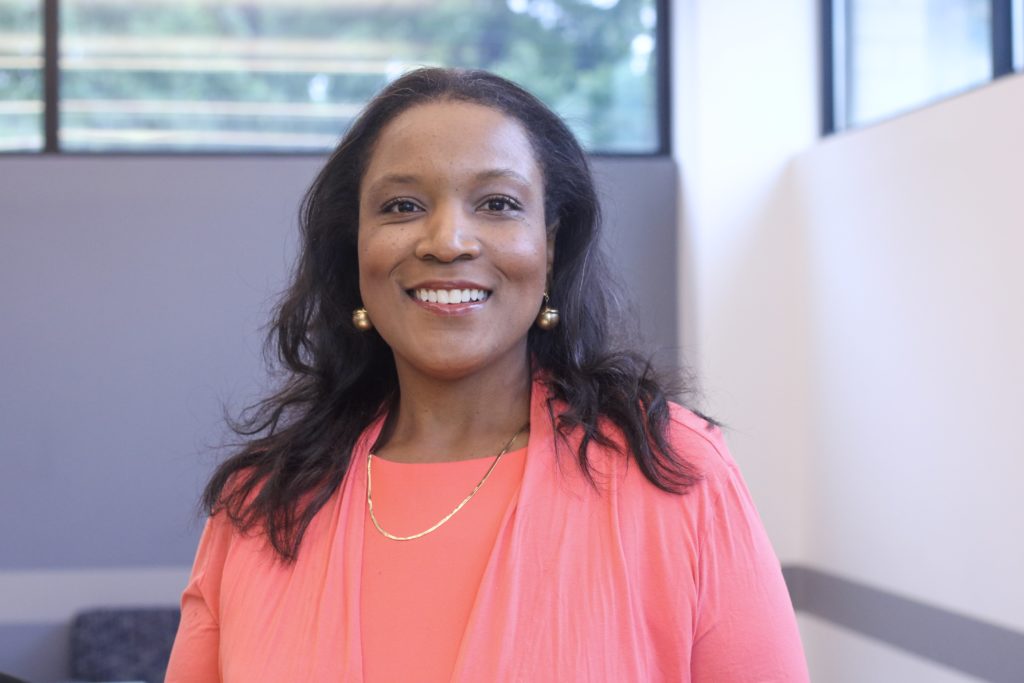
“Quahana ran that way!” is the statement my mother normally heard when she went to round up my sisters and me after Sunday worship services. The Roadrunner was not just a cartoon in my house; it was my life. Laughing, smiling, painting and running was my DNA. Fast forward many years to a warm day in July when I’d just returned from a trip to London for an art conference and I collapsed on my living room floor as I was lacing up my sneakers for you guessed it; a morning run and workout. A carotid artery in my neck; a young woman who had never had a major medical issue; spontaneously dissected (i.e. tore) and subsequently a stroke resulted (with a 10% survival rate!). What followed was weeks in a rehabilitation hospital where I was treated by some of the top specialists and therapists in the country and the world. But what they all shared in common was a clinical belief that stroke recovery typically halts after three years. However, what I know to be true is that I’ve made more recovery after year three than I ever have BUT there is more recovery to be made.
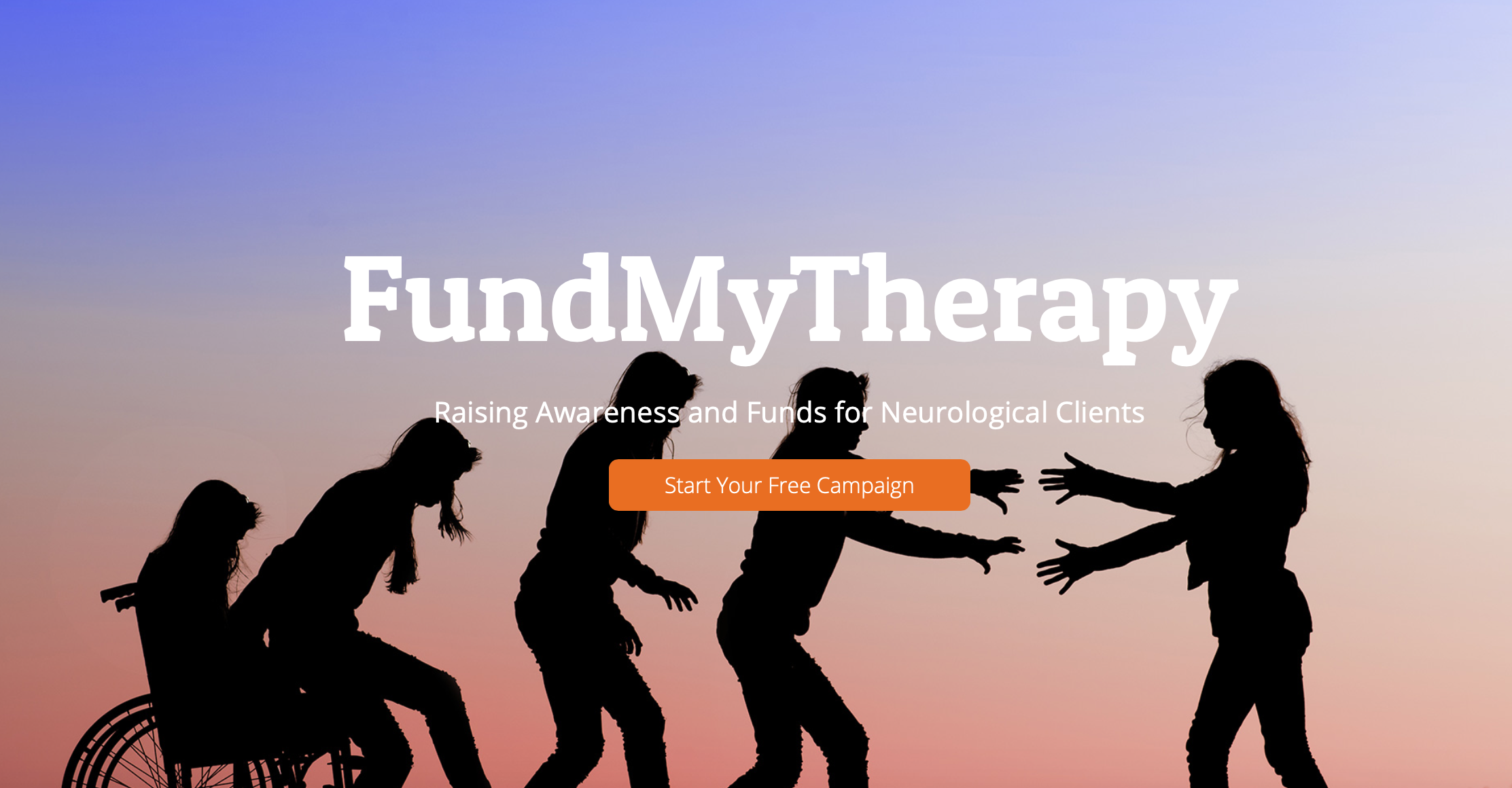
Fundraising Website Makes It Easy for Patients to Identify Breakthrough Treatment Solutions and Raise Funds to Improve Their Recovery.
Salia Rehab, provider of the world’s largest neurorehabilitation product directory, www.neurorehabdirectory.com, today announced the launch of a game-changing crowdfunding platform that increases treatment access to thousands of patients worldwide.
FundMyTherapy, an innovative crowdfunding platform, helps patients suffering from neurological injuries, such as stroke and brain injury, identify and select therapeutic products that match their needs using advanced sorting features such as impairment, product category, price, body part and/or reviews. Once users find appropriate products and create their wishlists, the proprietary platform enables them to build and personalize fundraising campaign pages to share with family and friends.
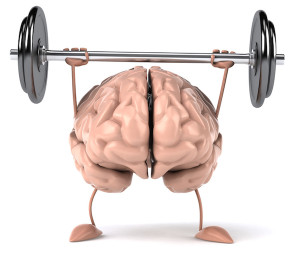
While in therapy, it is not uncommon for patients and family members to enhance their rehab vocabulary from daily conversations with the clinical team. From the early moments of their arrival, they are immediately bombarded with clinical “whatchamacallits” from physicians, nurses, and therapists. Although the learning curve can be quite challenging, for many it is achievable thanks to Google and Yahoo.
Unfortunately, once the clinical jargon is finally mastered, the patients are preparing for their discharge date that is typically around the corner. It is not until their discharge week that they begin to have serious discussions with their occupational and physical therapists about what exercises to do at home and various equipment that might be needed.
